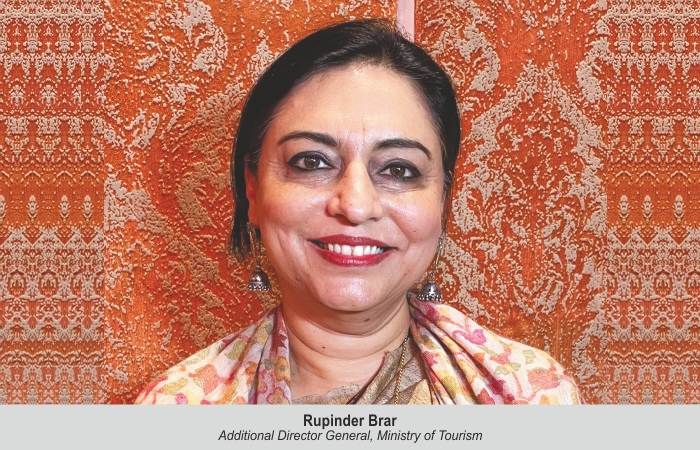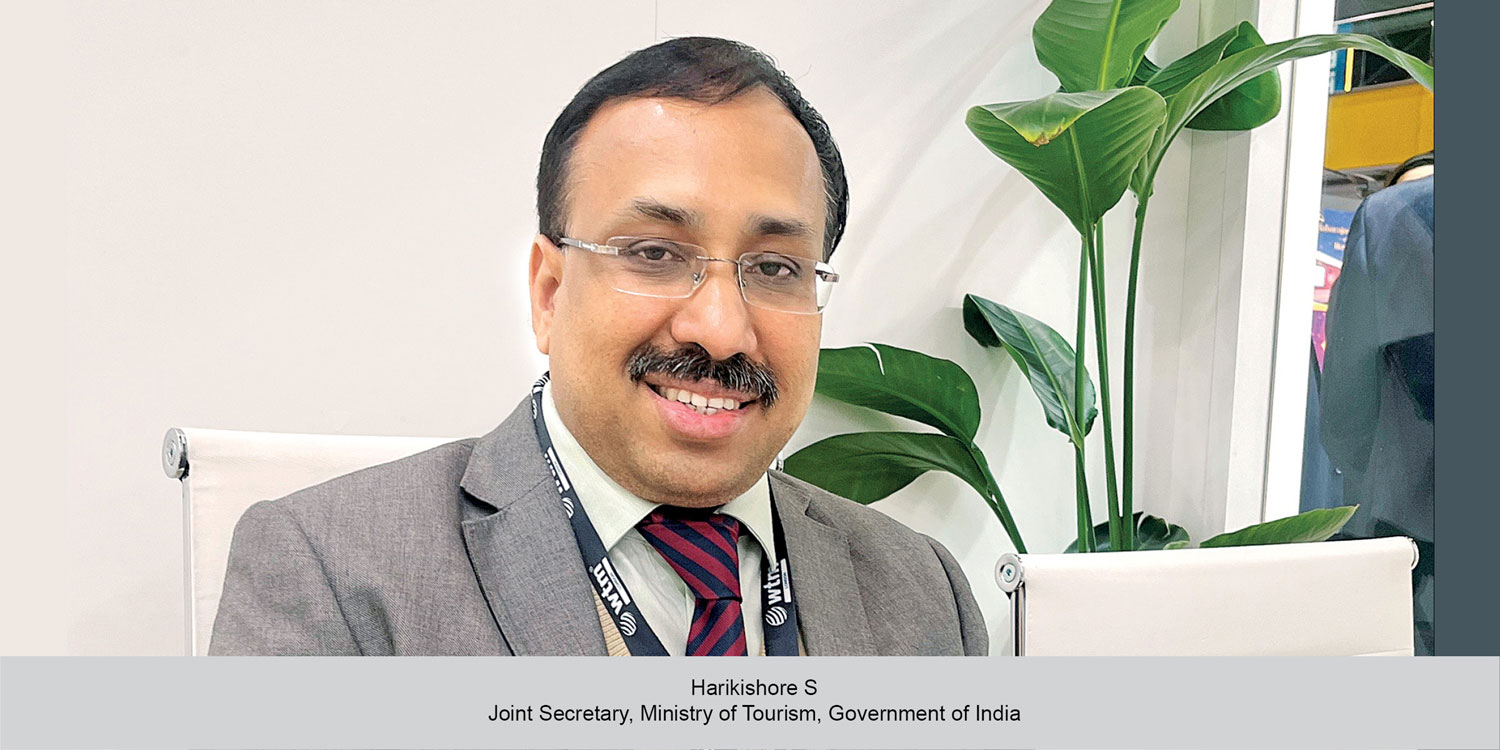Focus on infrastructure in Budget will create an enabling environment for tourism industry to grow in the long run, says Rupinder Brar.
Nisha Verma
Rupinder Brar, Additional Director General, Ministry of Tourism, while commenting on the recently announced Union Budget, said that the government’s focus on infrastructure continues. “This has been helping tourism and shall continue to do so. We are already at a point where India has the second largest highway network after USA and the Finance Minister has reiterated the support to the infrastructure sector. Railways getting 400 new generation Vande Bharat Express trains is an exciting product for tourism. The waterways, the draft DPR and the five river routes would provide a huge potential for inland waterways and cruise tourism. Hospitality sector once again found a mention in the ECLGS, which shall continue till March 2023: The same will extend support in such times,” she said.
She further highlighted initiatives by the FM. “In the hilly regions, the FM has mentioned Parvat Mala to be developed in the PPP mode. Ropeways are an important infrastructure support needed for the development of tourism, especially in the hilly areas. The Union Finance Minister also talked about border villages. Border tourism is of great interest to everyone because it takes you to hitherto lesser-known areas. Once developed, border villages have a lot of scope for tourism, especially sustainable tourism and employment,” she said. “The Northeast has been our focus area last year as well. Now, an additional `1,500 crore is being made available for the projects in the budget,” she added.
Infra in focus
She claimed that the government’s focus is on large infrastructure. “Tourism is truly driven by infrastructure, and hence a lot of positivity is there for our industry. In fact, I’ve been getting a lot of support from the railways, civil aviation and roads, and we will continue to ensure that this sector keeps developing,” she said.
Enabling ecosystem
While the industry has been raising its concerns about not getting a direct benefit from tourism, Brar explains that the government is doing what it needs to do, which is to create a large infrastructure that would drive tourism.
“Unless you have an enabling ecosystem in tourism, direct support has no meaning. The idea is to look at expanding the destinations because we need to move away from the traditional two to three sectors and explore new and lesser-known destinations in India. Many new sectors have opened up with the ministry’s support through the viability gap funding for many air routes. One can see that the places that we can now access add to our tourism potential and create opportunities for stakeholders in hospitality and tourism to set up businesses in new areas. I think we need to remember that the government’s huge infrastructure focus drives the sector, and therefore, it will go a long way in creating the enabling ecosystem required by tourism and hospitality,” she elaborates.
Acting on industry requests
Brar mentioned that in terms of investing in tourism-related infrastructure, the MOT also has got the required budget.
Highlighting that Union Tourism Minister has been doing many interventions for the industry support, Brar revealed, “There have been three glass-top coaches, which are very popular on the Vizag-Araku, Mumbai-Goa and Baramullah routes. Under UDAN 3, we have already supported 29 tourism routes, which are operational. MOT has been supporting the Union Civil Aviation Ministry by providing the Viability Gap Funding. Large infrastructure is where the government truly needs to come in because that is where it’s not easy for individual corporations to spend, and that’s where we see the role of government and create the right ecosystem for the development of tourism.”
 TravTalk India Online Magazine
TravTalk India Online Magazine





